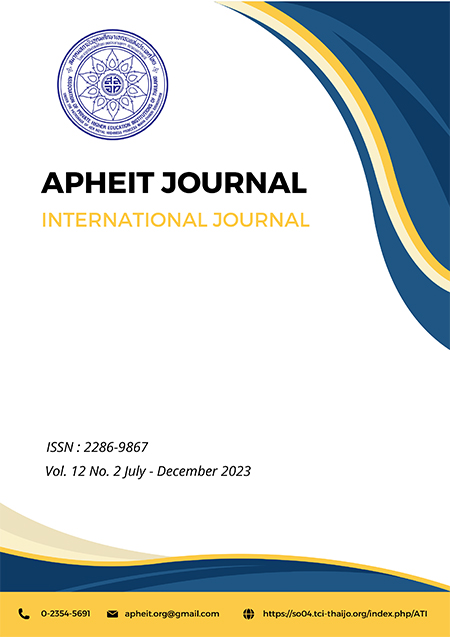Community Economic Development of Indigo-Dyed Cotton Productions to be Sustainable in Lahanam Village, SongKhone District, Savannakhet Province, Lao People’s Democratic Republic
Keywords:
Indigo-Dyed Cotton, Household economy, WisdomAbstract
This research focused on the community economic development of indigo-dyed cotton producers in the Lahanam Village, Songkhone District, Savannakhet Province in the Lao People’s Democratic Republic. The purposes of the study were to identify factors related to farmers, production processes, and factors driving the community economy, to gather opinions about policies and guidelines for community economic development, to identify needs and obstacles to sustainability and find ways to develop the community economy of indigo-dyed cotton producers in Lahanam Village. The study used a mixed research methods. The target group consisted of 154 families who produced indigo-dyed cotton in Lahanam village. Descriptive statistics were used to analyze data. Results showed that 100 percent of indigo-dyed cotton producers were females. The activity was passed down through generations using traditional methods. The focus was not solely on development for profit, but also on development from old wisdom and developed to create career for people in the community, promoting self-reliance, economic and social development, and conserving culture and local wisdom. To promote sustainability and economic development while maintaining cultural heritage and local wisdom. guidelines for community economic development of indigo-dyed cotton producers in Lahanam village were suggested, including developing knowledge and skills, manufacturing process improvement, marketing development, promoting cultural tourism, forming groups or cooperatives, increasing bargaining power, reducing production costs, and adding value to products.





